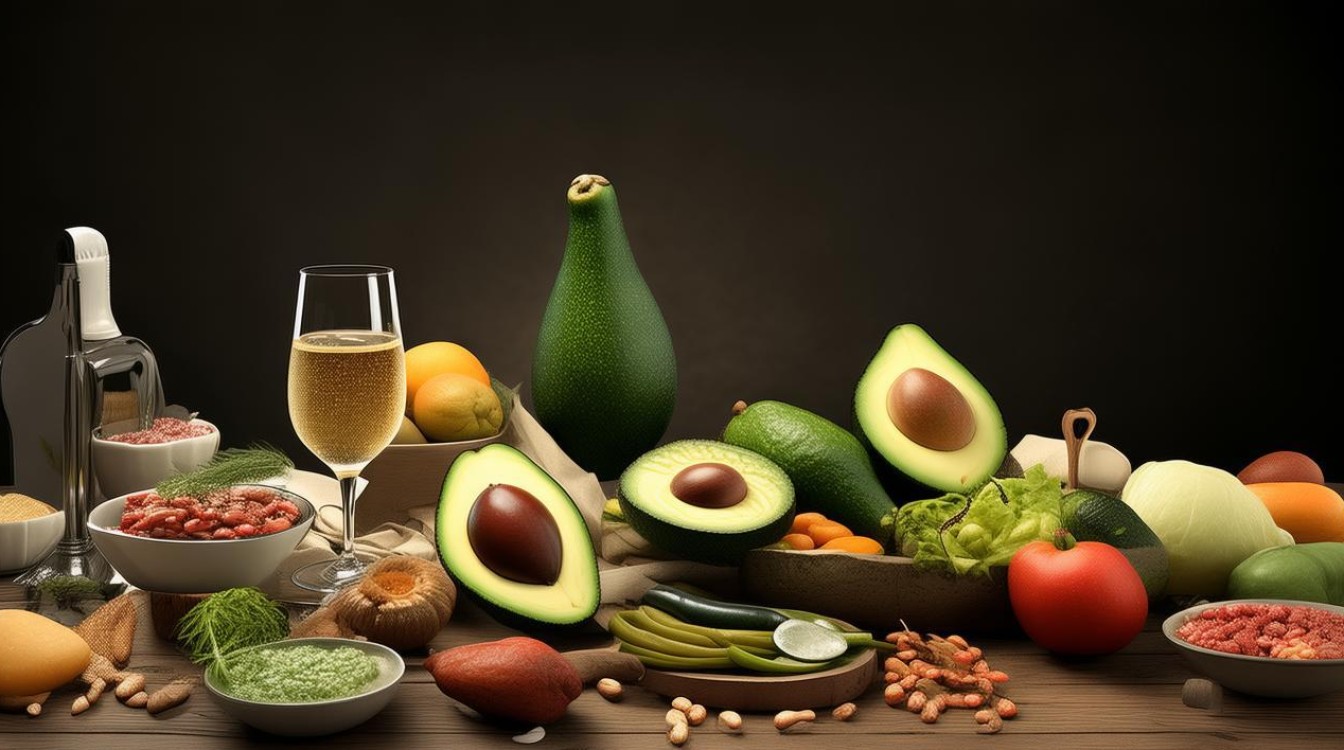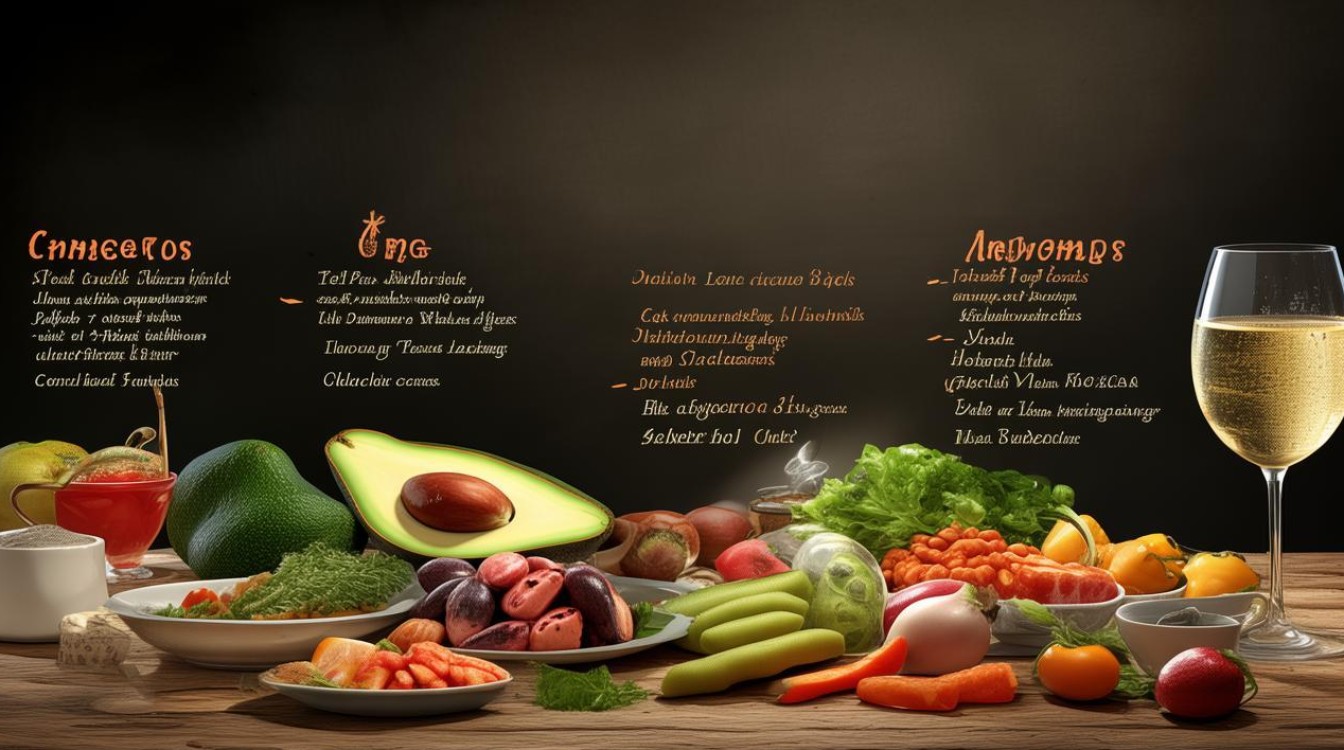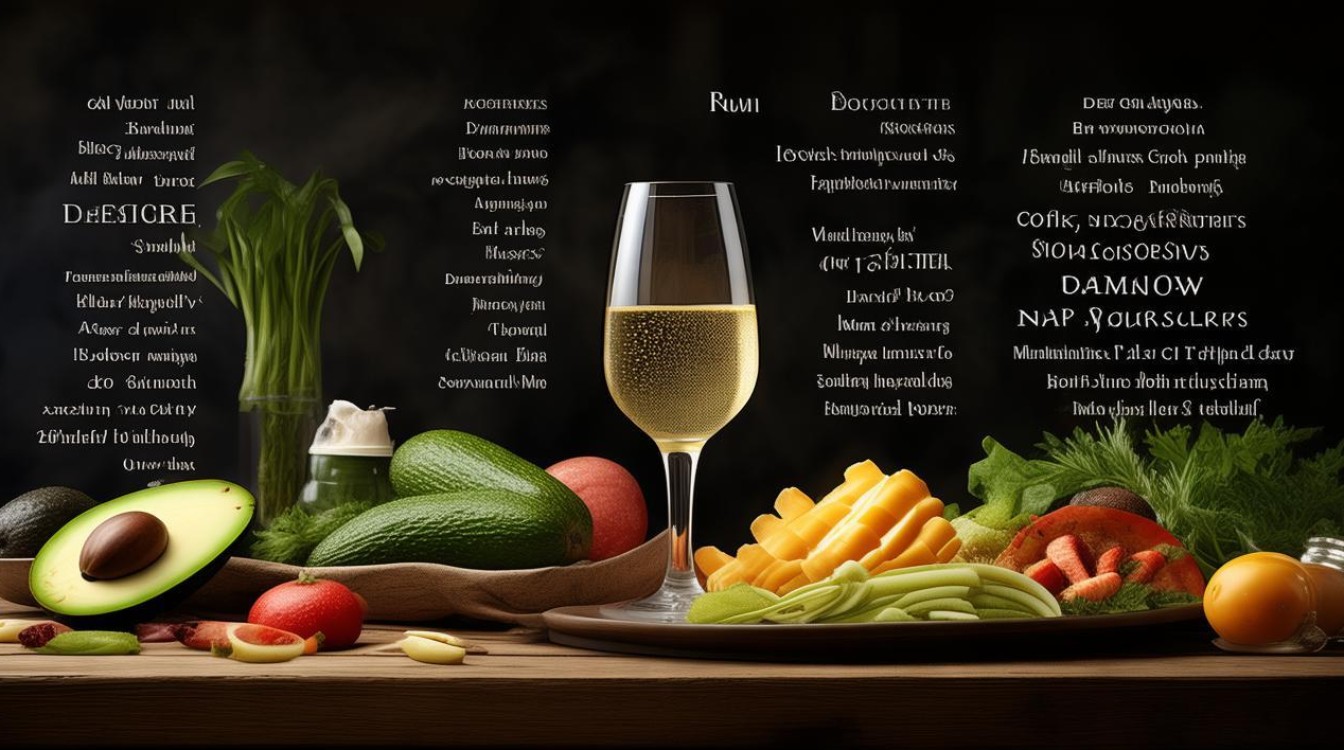Food and beverages are central to daily life, and knowing the right words in English can enhance conversations, travel experiences, and even cooking. Whether you're a food enthusiast, a traveler, or someone learning English, this guide covers essential vocabulary for describing meals, snacks, and drinks.

Common Food Categories
Fruits
Fruits are sweet or sour, often eaten raw or used in desserts. Some popular examples:
- Apple – Crisp and juicy, available in red or green.
- Banana – Soft and sweet, rich in potassium.
- Orange – Citrusy and refreshing, often juiced.
- Strawberry – Small, red, and slightly tart.
- Pineapple – Tropical with a tangy-sweet taste.
Vegetables
Vegetables are essential for balanced meals. Common types include:
- Carrot – Crunchy and orange, great in salads.
- Broccoli – Green and tree-like, packed with nutrients.
- Tomato – Often mistaken for a vegetable, technically a fruit.
- Spinach – Leafy green, used in salads and cooked dishes.
- Potato – Versatile, can be fried, mashed, or baked.
Meat and Poultry
Protein-rich foods from animals:
- Chicken – Lean and widely used in various cuisines.
- Beef – From cows, used in steaks and burgers.
- Pork – From pigs, includes bacon and ham.
- Lamb – Tender meat with a distinct flavor.
- Fish – Includes salmon, tuna, and cod, often grilled or fried.
Dairy Products
Made from milk, these include:

- Cheese – Varieties like cheddar, mozzarella, and brie.
- Yogurt – Creamy, often eaten with fruit or honey.
- Butter – Used in cooking and baking.
- Milk – Consumed plain or in coffee and tea.
Grains and Bread
Staple foods in many diets:
- Rice – White, brown, or wild, a global staple.
- Bread – Includes whole wheat, sourdough, and baguettes.
- Pasta – Spaghetti, penne, and macaroni.
- Oats – Used in porridge or granola.
Types of Drinks
Non-Alcoholic Beverages
- Water – Essential for hydration.
- Coffee – Brewed from beans, served hot or iced.
- Tea – Includes black, green, and herbal varieties.
- Juice – Made from fruits like orange or apple.
- Soda – Carbonated drinks like cola or lemon-lime.
Alcoholic Beverages
- Beer – Made from barley, comes in lagers and ales.
- Wine – Red, white, or rosé, from fermented grapes.
- Whiskey – Distilled from grains, aged in barrels.
- Cocktails – Mixed drinks like mojitos or margaritas.
Cooking Methods and Food Preparation
How food is prepared affects its taste and texture:
- Grilled – Cooked over an open flame.
- Fried – Submerged in hot oil for crispiness.
- Baked – Cooked in an oven, like bread or cakes.
- Steamed – Cooked with vapor, retains nutrients.
- Boiled – Submerged in hot water, like pasta or eggs.
Describing Taste and Texture
Words to express how food feels and tastes:
- Sweet – Sugary, like candy or ripe fruit.
- Sour – Tart, like lemons or vinegar.
- Salty – Contains salt, like chips or pretzels.
- Bitter – Strong, like dark chocolate or coffee.
- Spicy – Contains heat, like chili peppers.
- Crunchy – Firm and crisp, like celery.
- Creamy – Smooth and rich, like yogurt or pudding.
Popular Dishes Around the World
Different cultures have unique foods:

- Pizza – Italian, with dough, cheese, and toppings.
- Sushi – Japanese, raw fish with rice and seaweed.
- Tacos – Mexican, filled with meat, beans, or veggies.
- Curry – Indian or Thai, spiced sauce with meat or vegetables.
- Paella – Spanish, rice with seafood and saffron.
Snacks and Quick Bites
Small, convenient foods:
- Chips – Thin, crispy slices of potato.
- Chocolate – Sweet treat made from cocoa.
- Nuts – Almonds, peanuts, or cashews.
- Popcorn – Light and fluffy, often buttered.
Dining and Restaurant Terms
Useful phrases when eating out:
- Appetizer – Small dish before the main course.
- Entrée – Main dish in a meal.
- Dessert – Sweet course at the end.
- Takeout – Food ordered to go.
- Buffet – Self-service meal with multiple options.
Dietary Preferences and Restrictions
People follow different eating habits:
- Vegetarian – No meat, but may include dairy and eggs.
- Vegan – No animal products at all.
- Gluten-free – Avoids wheat, barley, and rye.
- Keto – Low-carb, high-fat diet.
Understanding these words helps in daily conversations, ordering food, and exploring new cuisines. Whether cooking at home or dining out, a rich vocabulary makes the experience more enjoyable.




